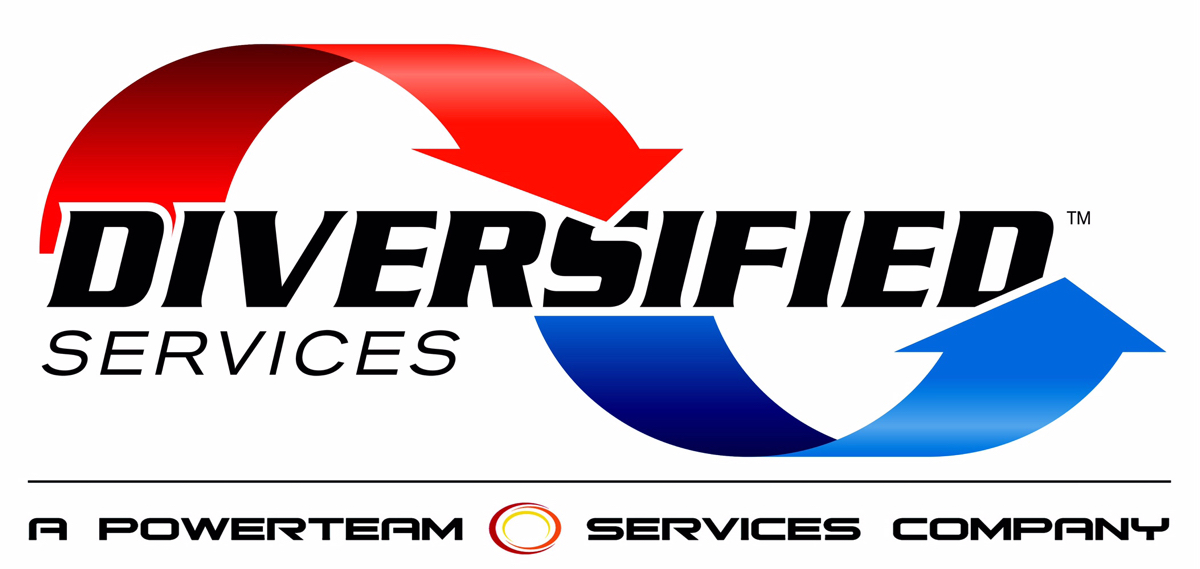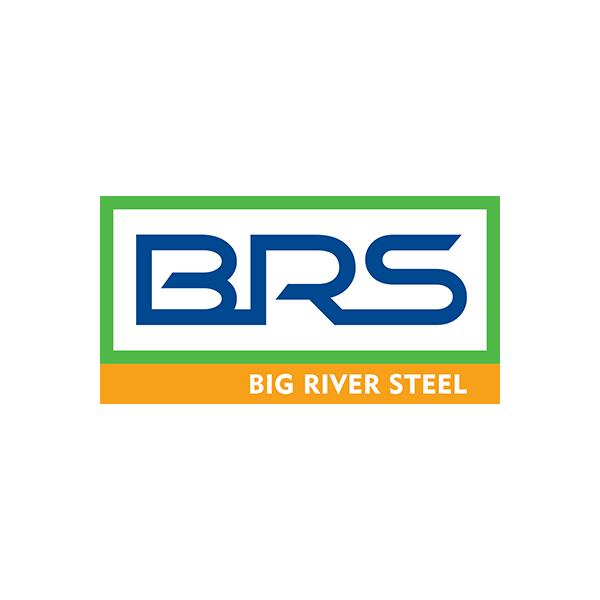Information
-
Audit Title
-
Conducted on
-
Prepared by
-
Location
-
Personnel - (List every employee on site and their year(s) of experience)
-
Foreman/Field Supervisor
-
Entergy OC
-
Number of Employees
-
Work Being Performed
Job Safety Assessment (Field and Meter Services)
-
1. Is the Tailboard/Hazard Assessment complete? If applicable, does the crew have a grounding plan?
-
Entergy T&D Safety Manual, Section 1.35, 7D.3(k), 7D.7, 7E
Meter Services employees/Servicemen may complete digital versions. Voice-recording is allowed.
Pre-printed hazard assessments are often used when performing substation work.
All crews present must sign off on other crews JSAs 7D.3(k), 7D.7 -
2. Have the job hazards been identified, prioritized, and documented?
-
Entergy T&D Safety Manual, Section 1.36, 7D.3, 7E.2
-
3. Has an effective control/mitigation plan for identified hazards been developed?
-
Entergy T&D Safety Manual, Section 7.E.2.c
-
4. Have the following key observation points been identified, if applicable?
-
Animal bite exposure, slips/trips/falls, ergonomic issues, Fatal 5 Rules, PPE
-
5. Has the emergency plan been documented and understood?
-
Hospital location, route of egress, GPS coordinates, emergency telephone number
Entergy T&D Safety Manual, Section 1.E.j.1, 1E.j.2, iE.j.12, 7D.3 -
6. Were required Human Performance tools discussed/identified/used?
-
Discuss with the employee which Human Performance tools (if any) they used during their tasks.
-
7. Is the crew following the plan as described on the HA/JSA, or has an undocumented scope change occurred?
General Inspection Items (Field and Meter Services)
-
8. Is required PPE being used?
-
9. Are the equipment and vehicles set up properly?
-
Includes control devices such as safety cones (if present longer than 15 minutes), beacon lights, proper vehicle parking, and bucket truck setup. 17I, 1H
-
10. Is housekeeping on the job site good?
-
This will include, for meter services employees, the removal of spent seals from job site.
Entergy T&D Safety Manual, Sections 1D.13, 17 -
11. Are seatbelts in use when operating vehicles or equipment?
-
Entergy T&D Safety Manual, Sections 17A.15
-
12. Are employees wearing FR clothing, including no loose shirt flaps when operating rotating equipment such as drills?
-
When applicable -- see Entergy T&D Safety Manual, Section 4A.J.1, 4A.J.2, 4A.J.3, 4A.J.5
-
13. Are proper voltage testing procedures being followed?
-
Entergy T&D Safety Manual, Sections 13
-
14. Are employees conducting themselves in a professional manner?
-
Are employees professional and represent the company properly? Cardinal Rule #6: Do not engage in physical horseplay or fighting (Entergy T&D Safety Manual, Section 5.3.6).
General Inspection Items (Field)
-
15. Is the worksite properly marked and/or barricaded?
-
Entergy T&D Safety Manual, Sections 24 Also, Entergy T&D Methods and Procedures, Section 32. See also MUTCD regulations. 17I.8 10' rule: Non insulated booms DO NOT have to be grounded or barricaded when working greater than 10 foot from primary source.
-
16. Are required DOT signs and cones in place?
-
Refer to MUTCD regulations.
-
17. Have one-call locates been obtained?
-
Refer to state-specific "call before you dig" laws.
Arkansas/Louisiana: must contact Arkansas/Louisiana One-Call at least 2 working days prior to excavation; ticket will be effective for 20 working days from the date the notice was given.
Mississippi: must contact Mississippi 811 at least 2 working days prior to excavation; ticket will be effective for 10 working days from the proposed starting date provided to the MS One-Call system.
Texas: must contact Texas One Call at least 2 working days prior to excavation; ticket will be effective for 14 working days from the proposed starting date provided to TX One-Call.
NOTE: If weather conditions have rendered the markings unreadable, employees must renew the ticket. -
18. Are clearance orders properly documented and is the Clearance holder on site?
-
Entergy T&D Safety Manual, Section 2
-
19. Are clearance orders executed as written, circuits tested to be de-energized, and grounds installed as required per task?
-
Entergy T&D Safety Manual:
Clearance procedures - Section 2.25-2.29
Grounding procedures - Transmission (Section 3.13-3.18), Distribution (Section 3.29-3.32), Underground (3.33-3.39)
See also Entergy T&D Methods and Procedures, Section 33 for Protective Grounding Procedures. -
20. Is the employee mindful of line-of-fire and pinch points?
-
21. Are proper materials/equipment transfer techniques being used (bucket to ground/ground to bucket)
-
7 I.6
-
22. Are proper lifting and carrying techniques being utilized?
-
1. G
-
23. Are proper pushing and pulling techniques being utilized?
-
1. G
-
24. Are proper ascending/descending/climbing techniques being utilized?
-
15A.16, 17A.7 This question includes the use of three points of contact, as well as safe and efficient bucket movement.
-
25. Are proper testing and grounding methods being used?
-
Entergy T&D Safety Manual: Testing (Section 2.18), Grounding (Section 3)
Entergy T&D Methods and Procedures: Grounding (Section 33) -
26. When overhead Transmission & Distribution grounds are applied, are flags utilized?
-
Grounding plan, 2D.5, 3A.24, 3B.3, 3C.1, 3D.1, 3D.2, 3D.3, 3D.4, 3E.1, 3E.3, 3E.6, 3E.9, 3E.10
-
27. Are Di/EH shoes or overshoes being worn in appropriate areas/situations?
-
Overshoes should be worn when performing switching/grounding activities from the ground (distribution settings), and in all situations outlined in Entergy T&D Safety Manual, Section 5.4.
-
28. Is the employee using cover up equipment appropriately?
-
Entergy T&D Safety Manual, Section 6
-
29. Is 100% fall protection being used when appropriate?
-
Entergy Cardinal Rule #13, T&D Safety Manual Sections 4.18-4.23
-
30. Is the high voltage detector operational and being used appropriately?
-
Entergy T&D Methods and Procedures, Section 33: (Transmission Line Grounding) Temporary protective grounds are to be installed after a clearance has been issued by the controlling authority, and following testing of the circuit with a voltage detector and finding the circuit to be absent of nominal voltage.
-
31. Are all approved blades being used properly and stored/protected properly?
-
Entergy T&D Safety Manual, Section 17.1 This includes, blades, knives, skinning tools, machete, chain saws, pole saws, reciprocating saw blades and other blades stored in tool bins.
-
32. Are tools being used properly and in good condition?
-
Entergy T&D Safety Manual, Section 17 8 foot hot stick < 230 kV; 14 foot hot stick for > 345kV, reference 2B.3, 2B.4
-
33. Are all employees clear from suspended loads and/or work being performed overhead?
-
17 I.20
-
34. Are all slings and lifting equipment in good condition and being used/stored properly?
-
17 I.18
Observation Questions
-
35. If a designated observer has been identified, are they performing those duties only or are they performing other task?
-
17 I.11
-
36. Is there a sufficient number of employees for the task that is being performed?
-
7 H.1
-
37. Is the supervisor on site the entire time work is being performed?
-
38. Is the supervisor actively involved in what the crew is doing rather than sitting in the truck, operating equipment, or only focused on one thing other than the task being performed.
-
39. Is the supervisor on tools/equipment rather than overseeing the job?
Human Performance Tools (Field and Meter Services)
-
40. Self Checking
-
42. Peer Checking
-
43. Pre-Job Briefing
-
44. Procedure Usage
-
45. Questioning Attitude
-
46. Place Keeping
-
47. Effective Communication
-
48. Coaching
-
49. Post-Job Review
-
50. Turnovers
-
Final Comments for Compliance Inspection
-
Signature













